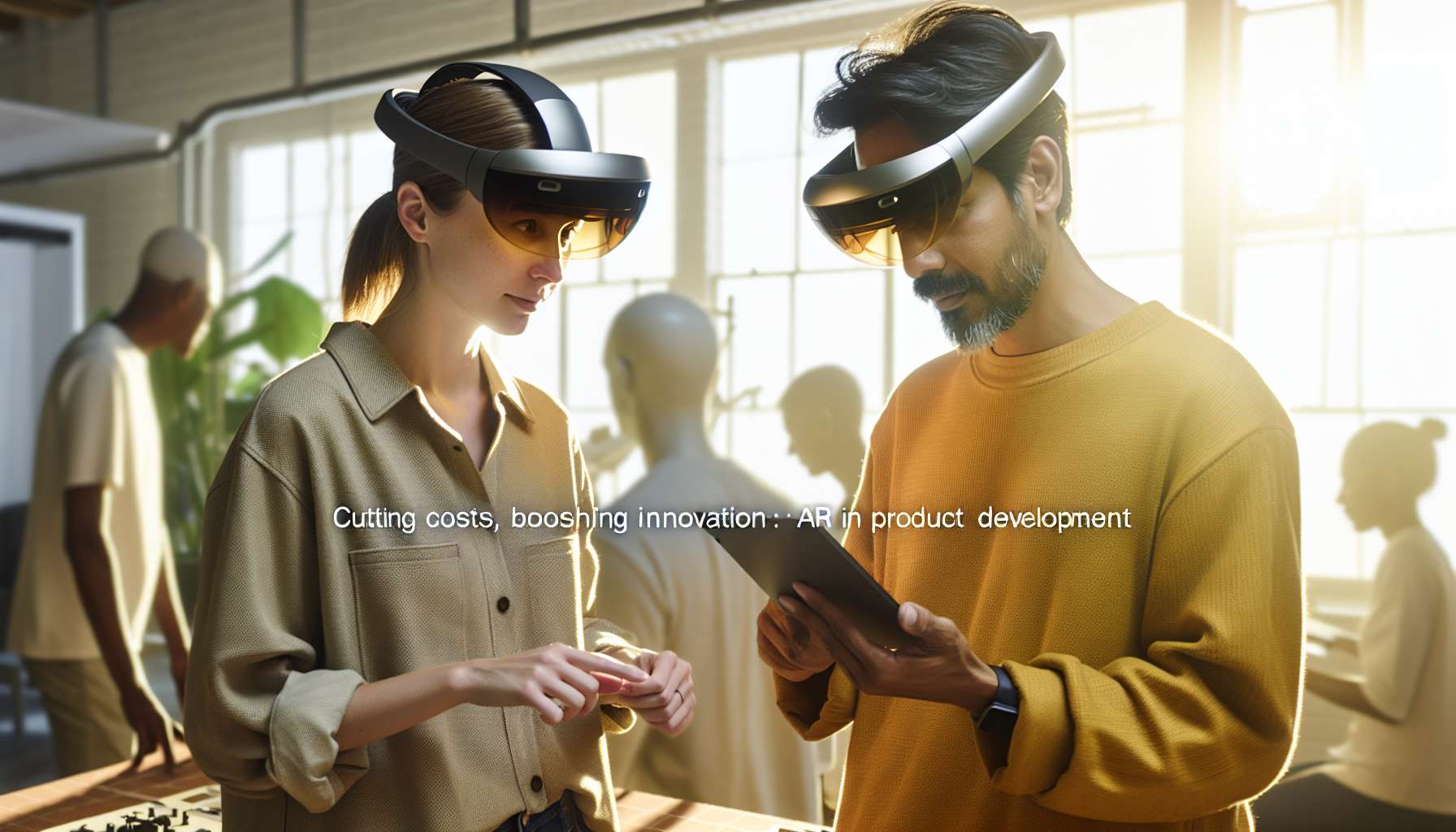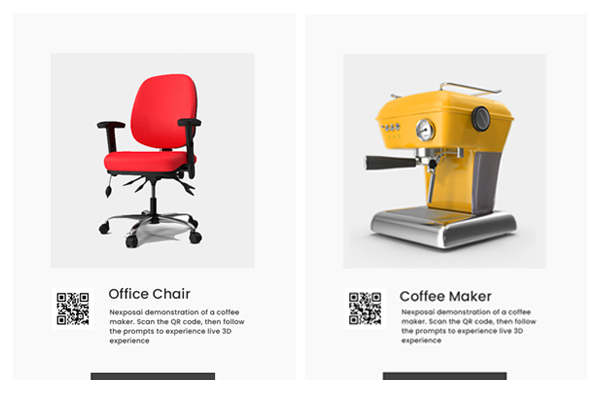Unlocking Cost Benefits and Driving Innovation with Augmented Reality in Product Development
As technology continues to evolve, businesses are constantly seeking innovative ways to improve their product development processes. One such technology that has gained significant attention in recent years is augmented reality (AR). By blending the virtual and physical worlds, AR offers a range of benefits that can revolutionize product development, including substantial cost savings and enhanced innovation. In this article, we will explore the cost benefits of using AR in product development and how it can drive innovation within your organization.
1. Streamlining Design and Prototyping
Traditional product development involves multiple iterations of design and prototyping, which can be time-consuming and costly. With AR, designers and engineers can visualize and interact with virtual prototypes in real-world environments. This allows for faster design iterations, reducing the need for physical prototypes and minimizing associated costs. By streamlining the design and prototyping process, AR enables businesses to bring products to market more quickly and efficiently.
2. Enhancing Collaboration and Communication
Effective collaboration and communication are crucial for successful product development. AR provides a shared virtual workspace where team members can collaborate in real-time, regardless of their physical location. This eliminates the need for expensive travel and accelerates decision-making processes. By leveraging AR, businesses can foster better collaboration among cross-functional teams, resulting in improved efficiency and reduced costs.
3. Improving Training and Skills Development
Training employees on complex product development processes can be both time-consuming and expensive. AR offers an immersive and interactive training experience, allowing employees to learn and practice in a virtual environment. This not only reduces the need for physical training equipment but also minimizes the risk of errors and accidents during the learning process. By leveraging AR for training and skills development, businesses can significantly reduce costs associated with traditional training methods.
4. Minimizing Rework and Errors
Rework and errors in product development can lead to significant cost overruns and delays. AR can help minimize these issues by providing real-time visual guidance and instructions during assembly and manufacturing processes. By overlaying digital information onto physical objects, AR ensures that workers follow the correct procedures, reducing the likelihood of errors and rework. This ultimately leads to improved product quality, reduced costs, and faster time to market.
5. Enhancing Customer Engagement and Feedback
Understanding customer needs and preferences is essential for successful product development. AR enables businesses to create interactive and immersive experiences for customers, allowing them to visualize and interact with virtual products in real-world environments. This not only enhances customer engagement but also provides valuable feedback early in the development process. By incorporating customer feedback through AR, businesses can reduce the risk of developing products that do not meet market demands, ultimately saving costs associated with product redesign and re-launch.
Conclusion
Augmented reality offers a wide range of cost benefits in product development, from streamlining design and prototyping to enhancing collaboration and communication. By leveraging AR, businesses can reduce costs, improve efficiency, and drive innovation within their organizations. As the technology continues to advance, the possibilities for cost savings and innovation in product development are only set to grow. Embracing AR today can give your business a competitive edge tomorrow.





